My first thought was to use the MV1815, a chip I had used before.
It needs a 27.75 MHz crystal which is not common.
I got a quote to get them made, for about £140 set-up charge and about 20p per unit. Not impossible but not cheap either.
Googling teletext chips, I found the SDA5273 which seems to be one of the very last - and advanced - chips made before digital TV effectively halted teletext technology.
See
https://en.wikipedia.org/wiki/Teletext
https://www.etsi.org/deliver/etsi_i_ets/300700_300799/300706/01_60/ets_300706e01p.pdf
At the moment, I'm inclined to use the SAA5246, because it is simple and there is code for it on the web.
I have removed the tuner module (which was dead anyway) to make room for the new circuitry.
 Keith
Keith


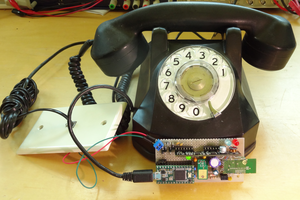
 Dan Julio
Dan Julio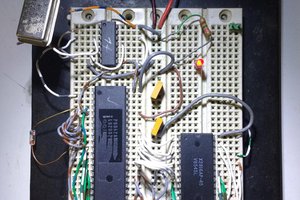
 Ken Yap
Ken Yap
 István Hegedűs
István Hegedűs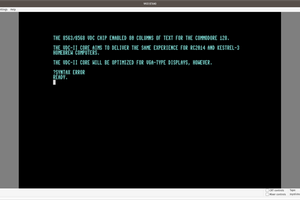
 Samuel A. Falvo II
Samuel A. Falvo II